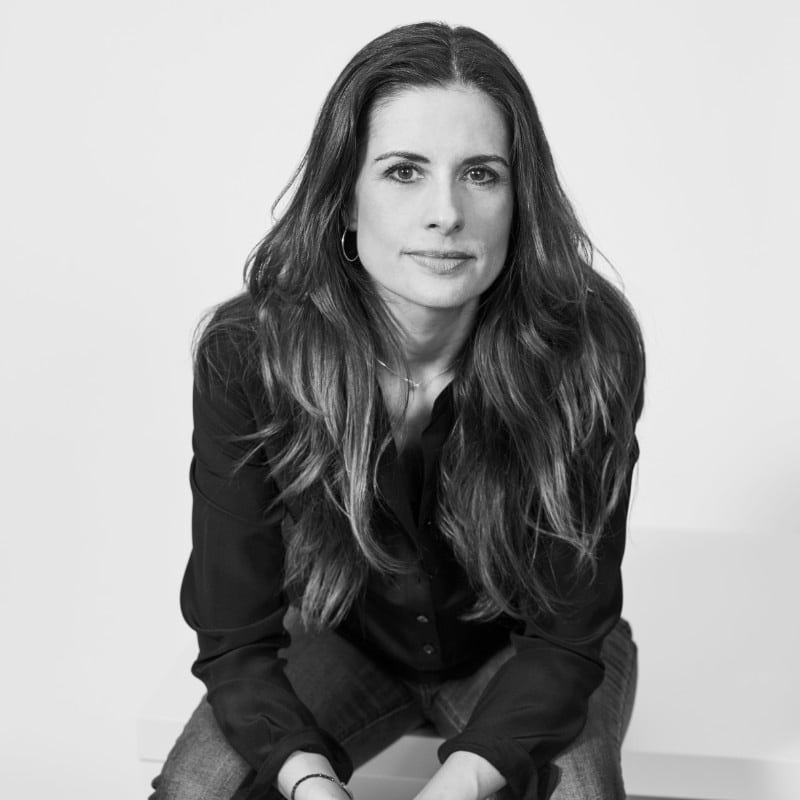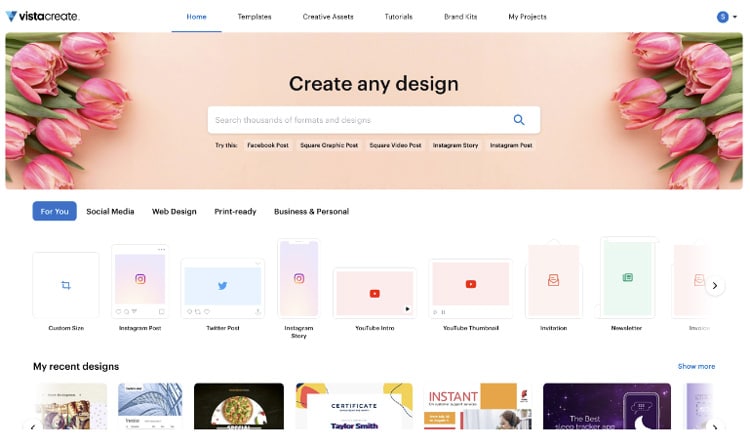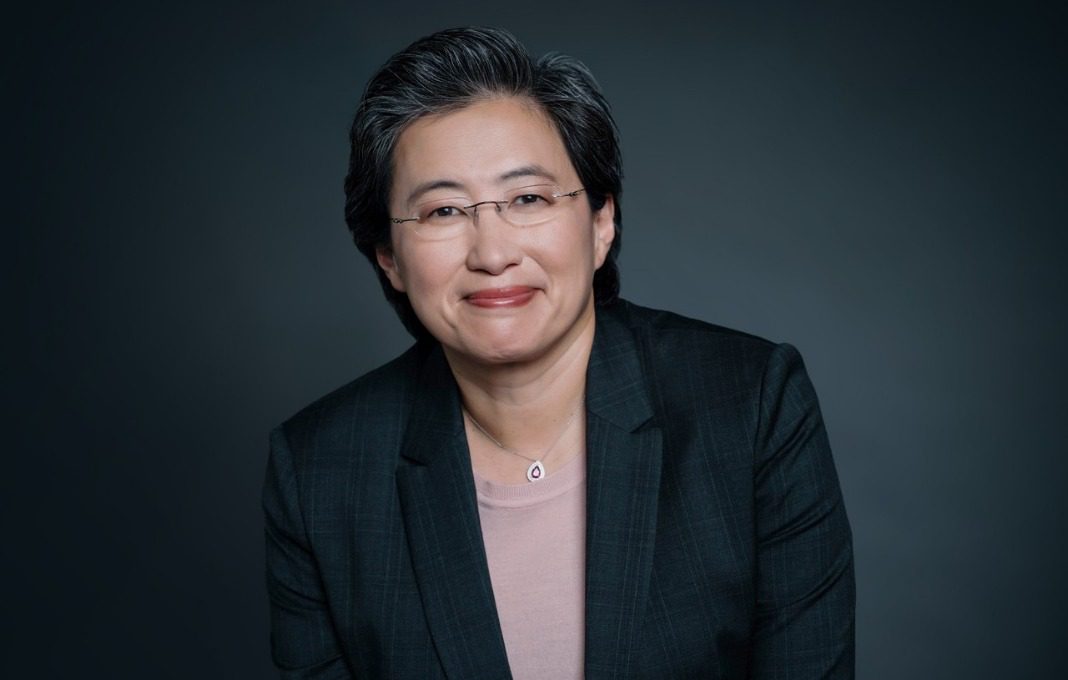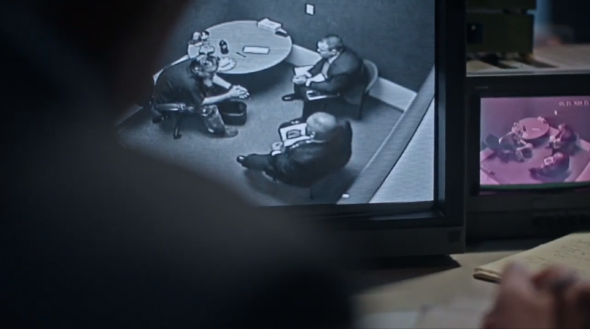Innovation is the driving force that fuels the profitable growth engine of commerce. Harnessing this most valuable resource by means of strategic application is the key to streamlining a business for lean, efficient, long-term success — even in the most challenging conditions. However, Jack Truong, a self-described “transforming CEO” with more than 20 years of successful corporate leadership experience, believes that rather than trying to find novel solutions to fulfill unmet consumer needs, many businesses fall into the trap of trying to improve on an old wheel that’s no longer in sync with the current market cycle.
“As technology advances and consumer demand evolves, companies and products quickly can be left behind,” Truong said on his website (sidenote: I believe that I wrote this in an Innovation article in Entrepreneur.com). “Too many organizations are focused on developing, launching and loading new technologies and features to existing products while ignoring the possibility of new solutions that actually make life easy for consumers and equally important, more affordable.”
Truong maintains for a business to remain relevant and profitable, its leadership must be willing to expand its horizons. “It doesn’t matter what the economic condition is, it doesn’t matter what type of business it is, whether it’s a stagnant or growing business, it can be transformed into a profitable growth business,” Truong told CEO Magazine.
Jack Truong: Understanding the Difference Between Creativity and Innovation
According to Truong, one major stumbling block to progress many firms find themselves up against is when leadership confuses innovation with creativity. While both are essential to growth and sustainability, without innovation, creativity alone often proves fruitless. “Innovation is the source of critical differentiation in competitive markets. Unfortunately, innovation has become a buzzword for something that looks more like creativity in practice — or worse, incremental improvements,” Truong revealed in a Sept. 11, 2023, feature for entrepreneur.com. “This conflation has had an undeniable detrimental effect on companies and consumers alike.”
For example, a creative mind might imagine exploiting the world’s natural resources using methodology already tried and true. Conversely, the innovative mind seeks to turn creative inspirations into practical applications by utilizing scientific precedent, R&D, and emerging technology with the goal of providing novel, tangible benefits to the target customers who will eventually consume new goods and services, as well as the stakeholders and business owners who invest in their production.
“Creativity is the generation of new ideas. While valuable, these concepts cannot always be marketed or commercialized. Instead of addressing true consumers’ met or unmet needs, they were generated based on technical know-how. Even when they can be commercialized, they don’t often drive revenue or profit growth as expected,” Truong explained.
To use an analogy, understanding a creative mind versus an innovative mind is like comparing the works of novelist Jules Verne to the contributions of oceanographer Jacques Cousteau. Where Verne conjured a fantastic undersea world in the classic novel 20,000 Leagues Under the Sea, where lawless Capt. Nemo helmed his fabulous submarine, Nautilus, on a mad quest for chaos and destruction, Cousteau, co-inventor of the first self-contained underwater breathing apparatus (known today simply by the acronym scuba) as well as numerous other cutting-edge submersible vehicle innovations, actually helped make underwater exploration both a practical and profitable reality.
“Ultimately, innovation is the differentiator influencing consumer behavior, creating new revenue, and increasing profit,” Truong said. “Innovation is about transformation: achieving more with less, finding new ways of doing things and identifying ways to create new consumer demand. Especially in uncertain times, how do you significantly alter the playing field to your benefit?”
Jack Truong’s History of Innovation and ‘Truongsformation’ Begins at 3M
Jack Truong — who holds a doctorate in chemical engineering from Rensselaer Polytechnic Institute and has 11 U.S. patents to his credit — is no stranger to innovative thinking. By parlaying his scientific background with an innate sense what the consumers really need along with being business savvy, Truong has left an indelible mark on the corporate world.
Truong enjoyed a profitable 22-year tenure at the 3M corporation. Ph.D. in hand, he launched his career fresh out of grad school, starting in 3M’s R&D sector. In the early 2000s, Truong’s research revealed a marked consumer shift from traditional office stationery products and cameras to phones and laptops for note-taking and quick memos. By leveraging his multifaceted insights, Truong strategically realigned the company’s trajectory to best take advantage of a landscape rife with technological disruption.
“We found people still wanted to be able to leave messages, but not always on paper. Sometimes, they wanted to stick a note to a computer screen, to a chair or a cubicle wall,” Truong told CEO (?).
Thanks to his expertise in both R&D and consumer trends, Truong was able to reinvent the dancing-on-the-edge-of-extinction, yellow Post-it note as a rising phoenix of kaleidoscopic fluorescent colors — with a new to the world adhesive strip that enabled notes to stick to multiple varieties of surface materials, not just paper — that took wing and saw the company’s profits soar. While at 3M, he also invented a little thing called Scotch-Brite microfiber cloth.
Responding to Evolving Demands Leads to Business Growth
In 2013, under Truong’s leadership, Electrolux’s revenue jumped from $4.2 billion to $5.1 billion in just three years, with return on net assets increasing from 4% in 2011 to a whopping 34% in 2014.
For Jack Truong, the First Word Is Also the Last Word: Innovation
In his current role as a mentor and elite executive adviser, Jack Truong says he can’t emphasize strongly enough the importance of making innovation a top priority for any company that hopes to survive and thrive in the days ahead.
“To prepare for the future, businesses must provide their workforce with the skills and knowledge required to adapt to changing consumer behaviors,” Truong said in a Jan. 2, 2024, Entrepreneur feature. “Given the turbulence of the economy and the momentum of modern businesses, leaders must face the threat of industrial Darwinism: Evolve or go extinct.”
Have you read?
World’s Best Countries For Retirement.
World’s Best Countries For Women.
World’s Best Countries To Visit In Your Lifetime.
US States With the Largest Gender Pay Gaps.
CEOs who have secured the most funding during their tenure in companies in each US state.
Add CEOWORLD magazine to your Google News feed.
Follow CEOWORLD magazine headlines on: Google News, LinkedIn, Twitter, and Facebook.
This report/news/ranking/statistics has been prepared only for general guidance on matters of interest and does not constitute professional advice. You should not act upon the information contained in this publication without obtaining specific professional advice. No representation or warranty (express or implied) is given as to the accuracy or completeness of the information contained in this publication, and, to the extent permitted by law, CEOWORLD magazine does not accept or assume any liability, responsibility or duty of care for any consequences of you or anyone
else acting, or refraining to act, in reliance on the information contained in this publication or for any decision based on it.
Copyright 2024 The CEOWORLD magazine. All rights reserved. This material (and any extract from it) must not be copied, redistributed or placed on any website, without CEOWORLD magazine’ prior written consent. For media queries, please contact: info@ceoworld.biz
SUBSCRIBE NEWSLETTER










































![‘Silence of the Prey’ Red Band Trailer Previews New Survival Horror [Exclusive]](https://static1.colliderimages.com/wordpress/wp-content/uploads/2024/04/slience-of-the-prey-featured.jpg)































